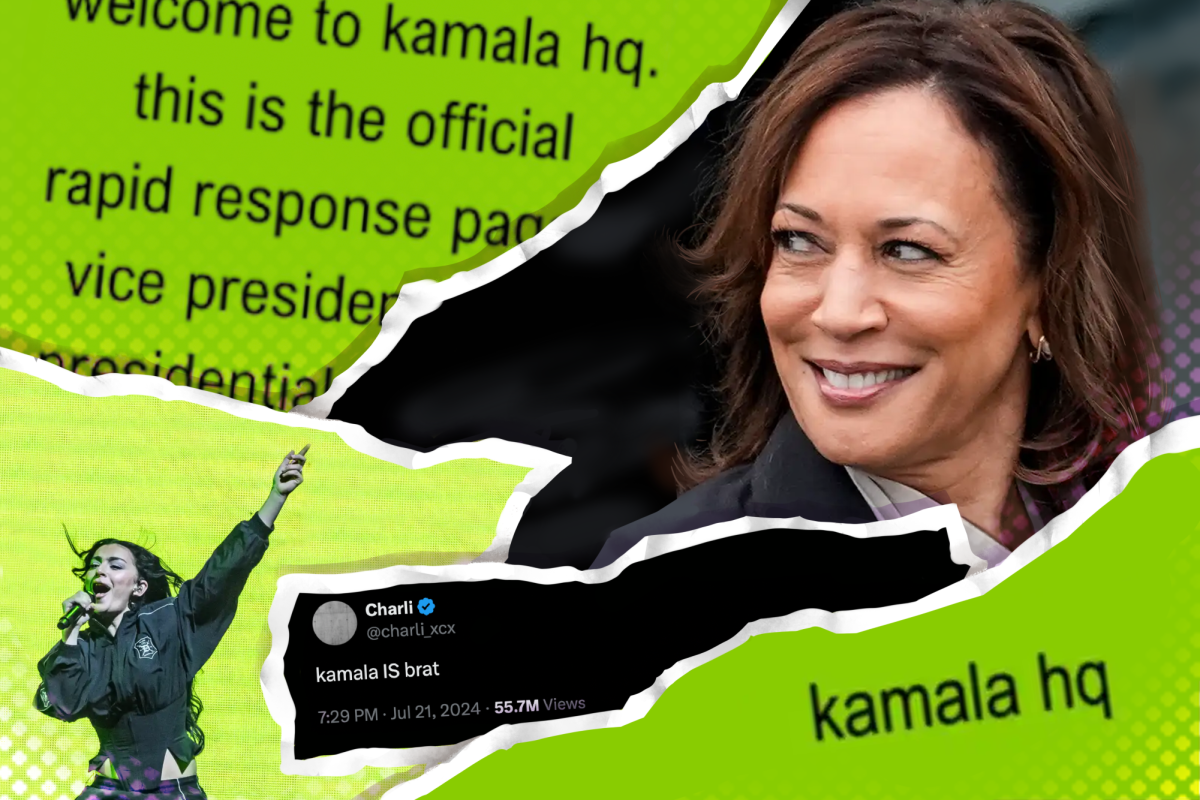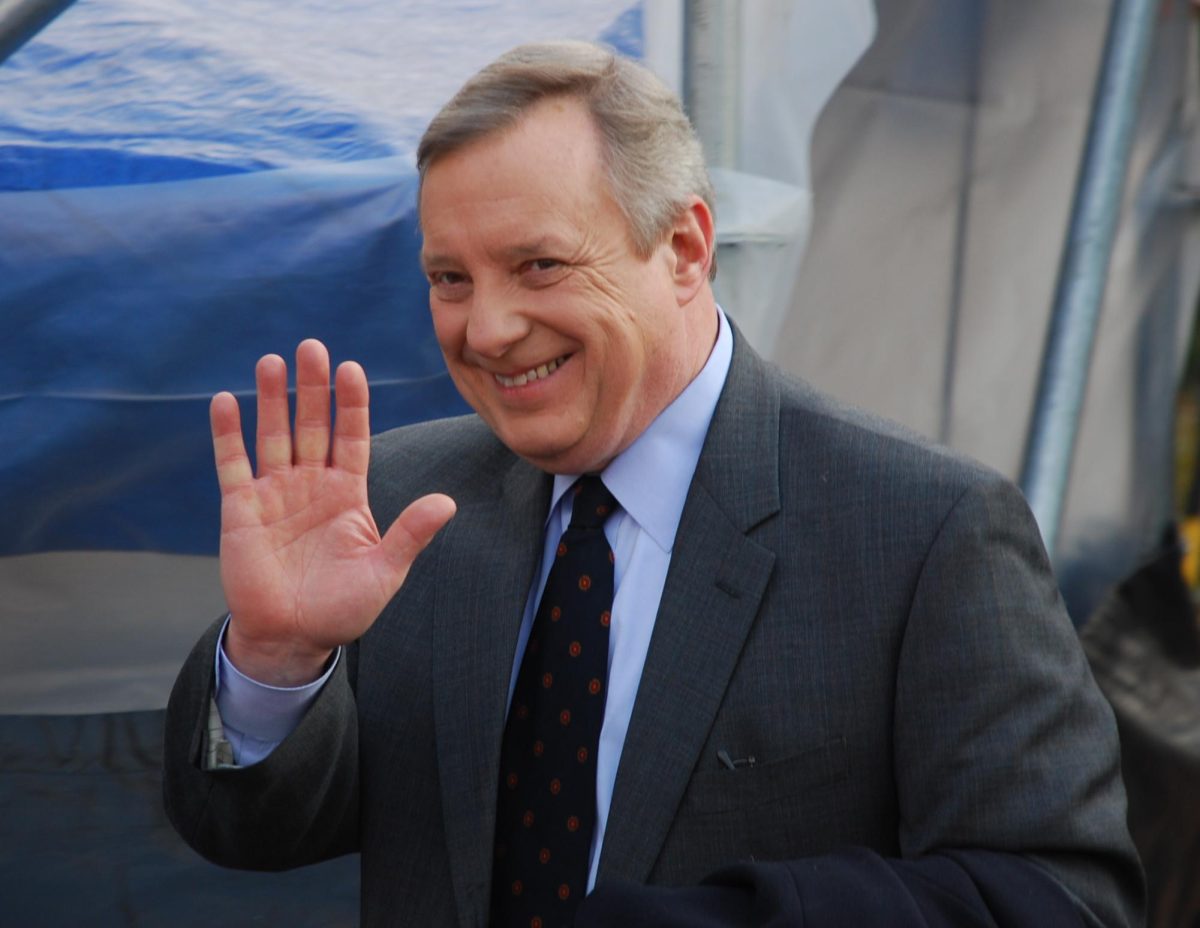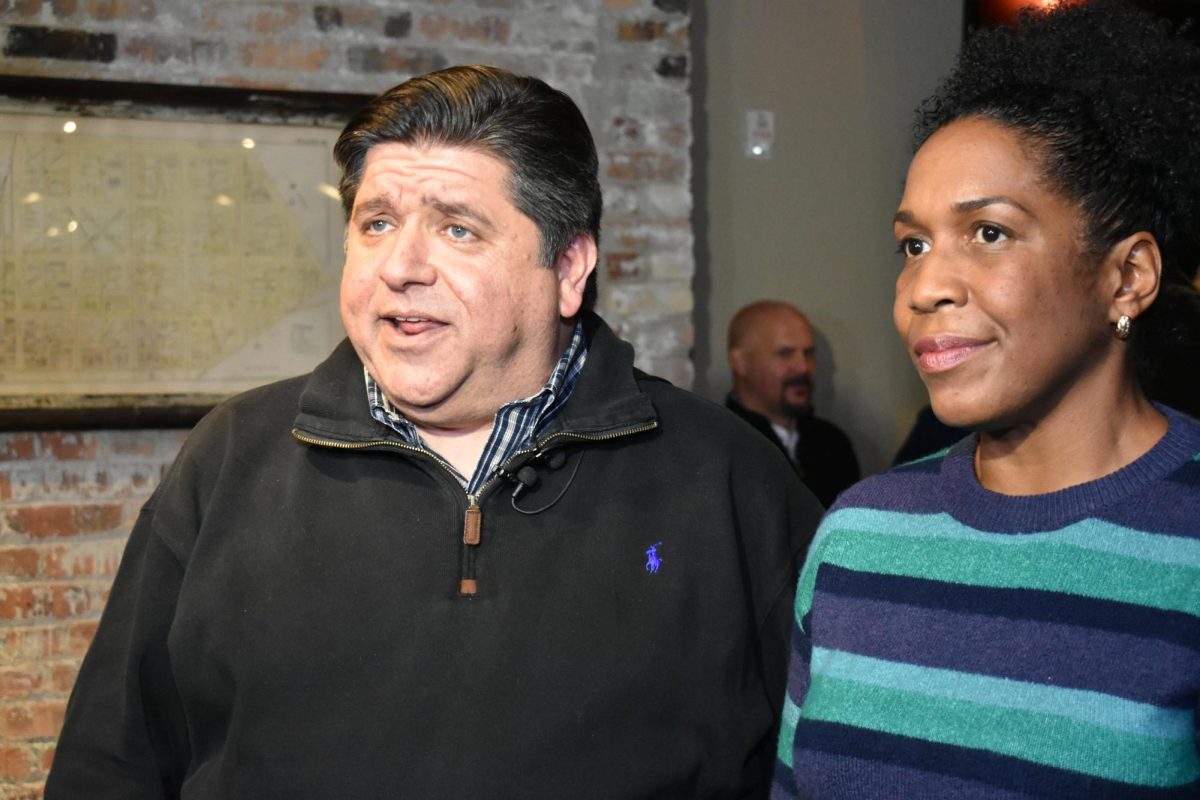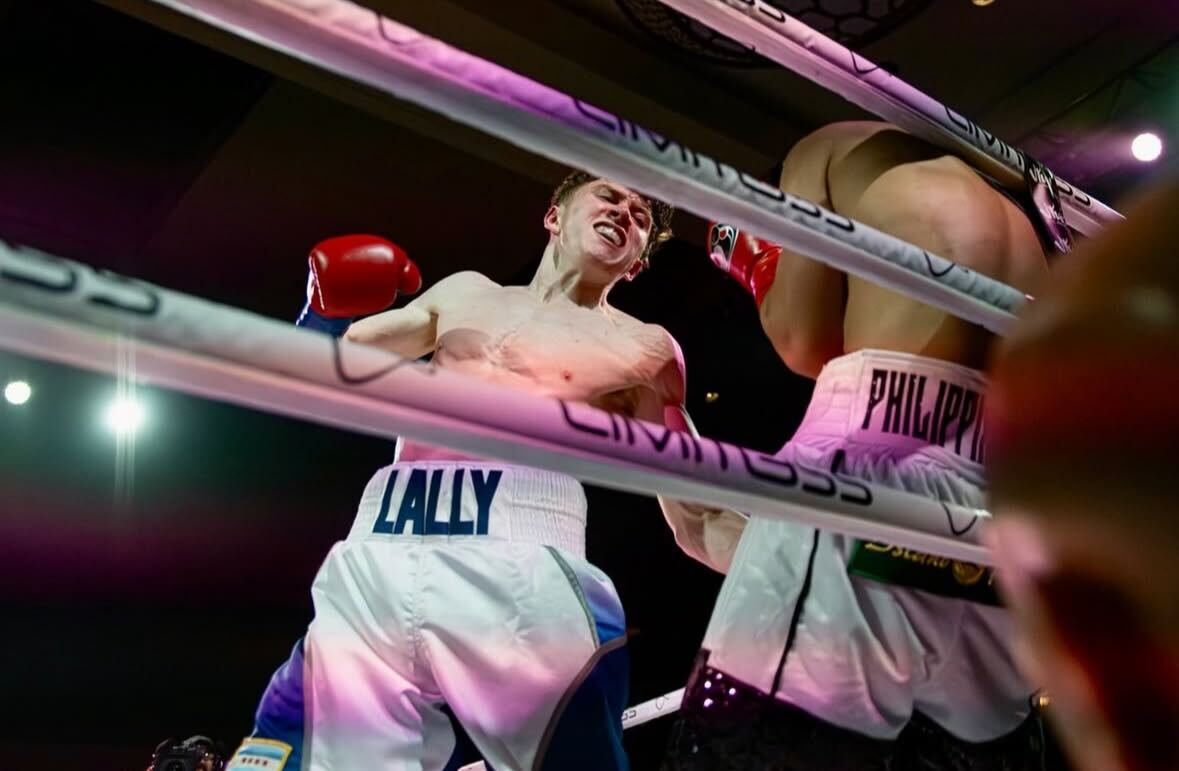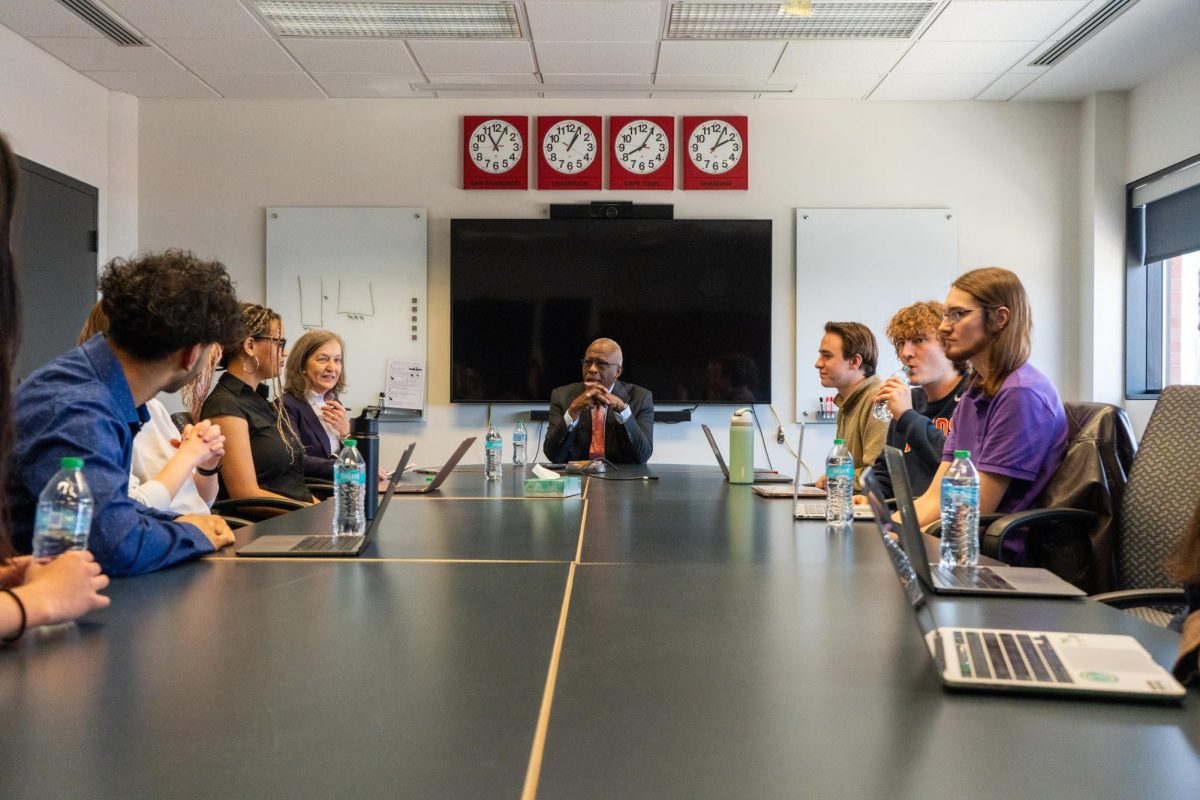Last updated on Sept. 30, 2024 at 02:31 p.m.
Vice President Kamala Harris took the Democratic Party by storm when President Joe Biden dropped out of the presidential race and endorsed her as the new nominee.
From breaking boundaries as the first woman of color to receive the Democratic nomination to her flourishing social media presence, Harris’ campaign is setting new precedents in American politics.
“Some of the enthusiasm for her abbreviated campaign is generated by excitement about the prospect of a female president or a non-white president,” said Brian Gaines, University professor of political science. “But I think most of it stems from relief among Democrats who feared that Biden is too old to campaign credibly.”
At 81, Biden is the oldest president to have served the United States. Pew Research Center studies show the median age of current national leaders is 62, placing Biden as the ninth-oldest sitting national leader among the 187 member states of the United Nations.
Get The Daily Illini in your inbox!
Harris will be 60 at the 2024 election, putting her two years below the international median. Contrarily, former President Donald Trump will fall 16 years ahead of the statistic.
Through her social media and political rallies, Harris has appealed to a wide range of voters by involving household-name celebrities like Charli xcx, Megan Thee Stallion and Patti LaBelle in her campaign efforts.
“It’s smart,” said Michelle Nelson, University professor in Media. “Capitalizing on influencers, pop stars like Charli xcx and trends in an appropriate and relevant way is a fantastic way to gain what we call earned and shared media — where you don’t have to pay for the advertising, but you get the views or impressions, the engagement with your ‘brand.’”
Singer-songwriter Charli xcx released her newest album, “brat,” this summer. In a post on X the day of Biden’s withdrawal from the presidential race, Charli xcx said, “kamala IS brat,” in reference to her newest album.
Harris’ social media team embraced the reference, responding one day later with an Instagram post acknowledging the original post on X. She continued to utilize social media as a tactic to interact with younger voters, creating various accounts to market her campaign.
“People tend to ignore paid advertising,” Nelson said. “But in this case, if the content comes to you where you are — scrolling through your social media — and doesn’t feel like an ad, you pay more attention. The campaign folks helping Kamala found out where their younger audiences are and now tap into those trends in a clever way.”
Thus ensued Harris’ social media campaign across Instagram, Tik Tok and X, embracing the pop culture reference in their posts and promotional materials.
“Whether or not Kamala is brat — or her older audiences understand the meaning — that’s kind of irrelevant here,” Nelson said. “By using this term, the Kamala team is telling younger voters ‘you matter. We get you, and we are here for you.’”
Nelson texted her high school daughter over the summer to inform her “Kamala is on TikTok.” Nelson’s daughter responded quickly and simply with a text that read, “It’s about time.”
Harris has continued to appeal to voters of all ages with strategic political rhetoric in her speeches.
“Her handlers have made sure that she has few opportunities to ad-lib or speak off the cuff, and she has been a solid campaigner in scripted roles,” Gaines said. “The debate offered a chance to see how she does in a less controlled environment.”
While Harris’ campaigning has garnered attention on the trail and social media, debates present a far different yet important environment for candidates and voters alike.
“Political rhetoric matters in ways most people pass over,” said John Murphy, University professor who specializes in presidential rhetoric. “Public speeches provide the words with which we do our business. How we frame our political choices with language often shapes the choices we make. Some ideas become thinkable, others unthinkable.”
The presidential debate on Sept. 10 brought to light new aspects of Harris’ speaking tactics concerning her campaign, specifically in the unscripted environment professor Gaines mentioned.
“The one strategy she carefully used in the debate, however, was to use ideas and terms that would provoke Trump and set him off,” Murphy said. “So, she said he’s weak in the face of dictators, and she said he drew small crowds and people left early. She framed him as a loser, in effect. And that makes him mad.”
The 2020 presidential election was one of the highest-turnout elections in decades, according to Pew Research Center. About two-thirds of eligible voters turned out for the election, with over 158 million votes cast.
Looking forward, youth voter registration ages 18-29 continues to increase but still has yet to reach the number of registered youth voters for the 2020 election. Only eight states have surpassed their 2020 election numbers, according to a Tufts research study.
“Lastly, my plea — no matter what your political beliefs — make a plan and vote,” Nelson said. “We have the right and responsibility to vote in this country.”



